Diversity in the Fashion Industry - reality or illusion?

Apparently, diversity is more represented than ever before in the fashion industry. The statistics, however, speak the truth: "Over 90 percent of Paris and London Fashion Week designers did not include any body diverse models, neither did 80 percent of Milan designers” (Warin, 2021) [1]. Stefanie Giesinger, one of the most popular models in Germany, even revealed in an interview that her former Model Brooker would tell her to not exercise too much, otherwise her legs would get too thick for the model business. Giesinger's experiences during a Victoria's Secret casting were even more concerning: Models were only eating frozen grapes and additionally they were drinking tequila to stay dehydrated, and thus to appear slightly thinner. So, how can we even speak about body diversity in a model business where unhealthy practices are still the norm to fit into the model criteria?
How is the fashion industry more inclusive?
Before body diversity has not been a topic at all in the fashion industry, there were almost only white models who were expected to have bodies of an unrealistically thin standard. Nowadays, big fashion brands typically have one model that stands out either by color, size, or gender. Therefore, one has to admit that the fashion industry is quite inclusive when comparing it to the past. This practice, however, of hiring only one outstanding model can be seen as tokenism – a symbolic effort of hiring fairly few people from underrepresented groups to give the impression of equality.
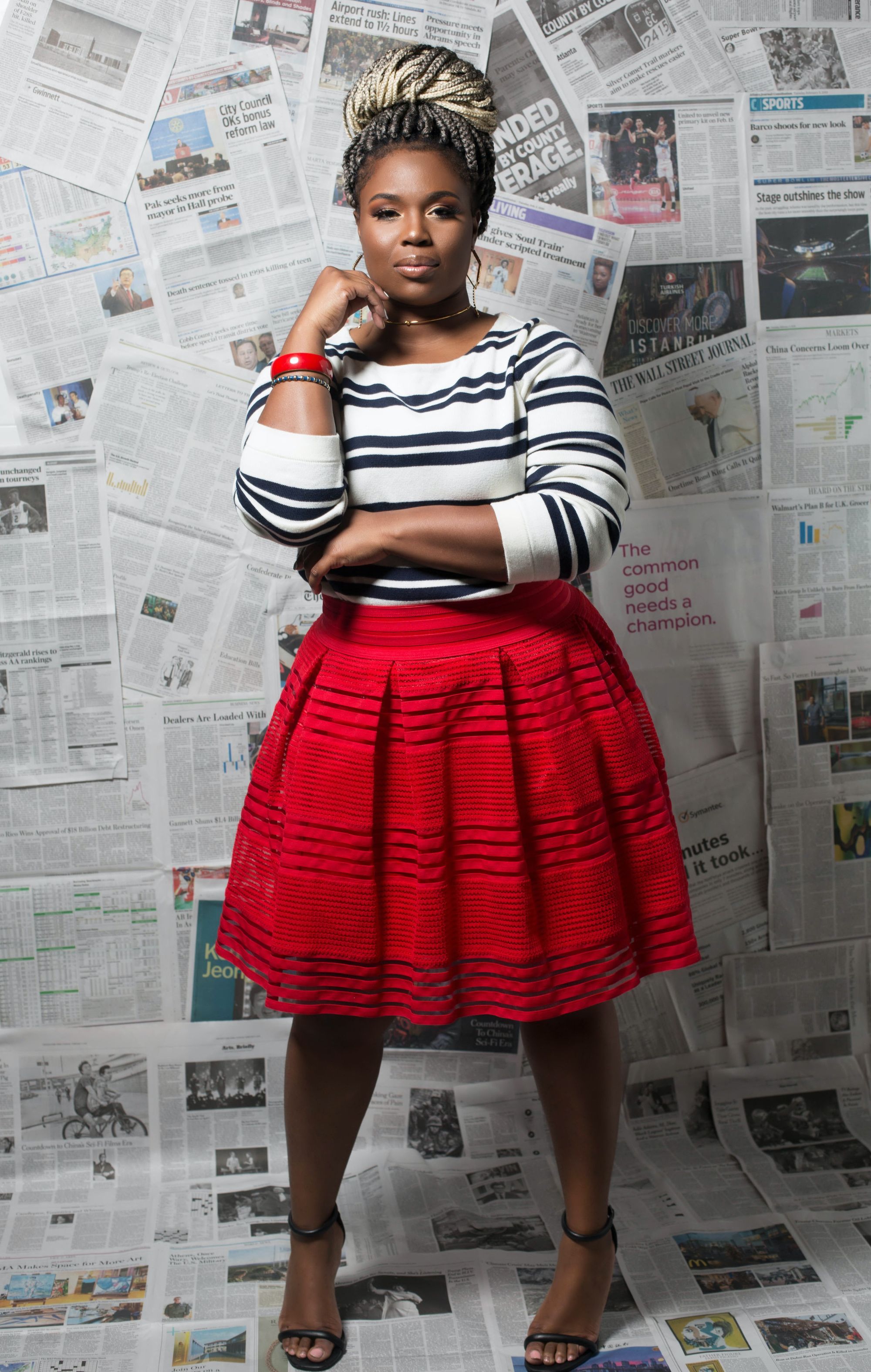
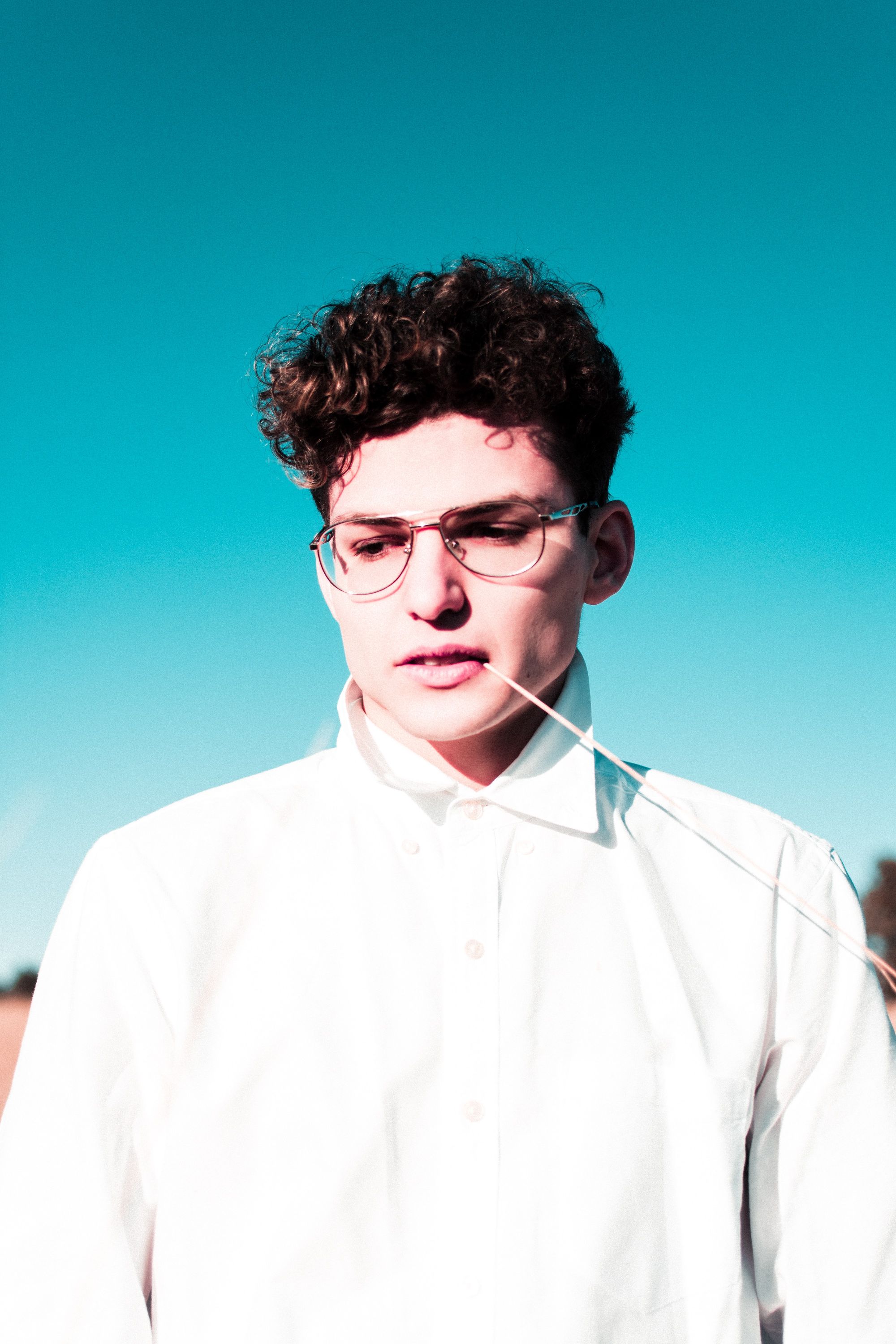
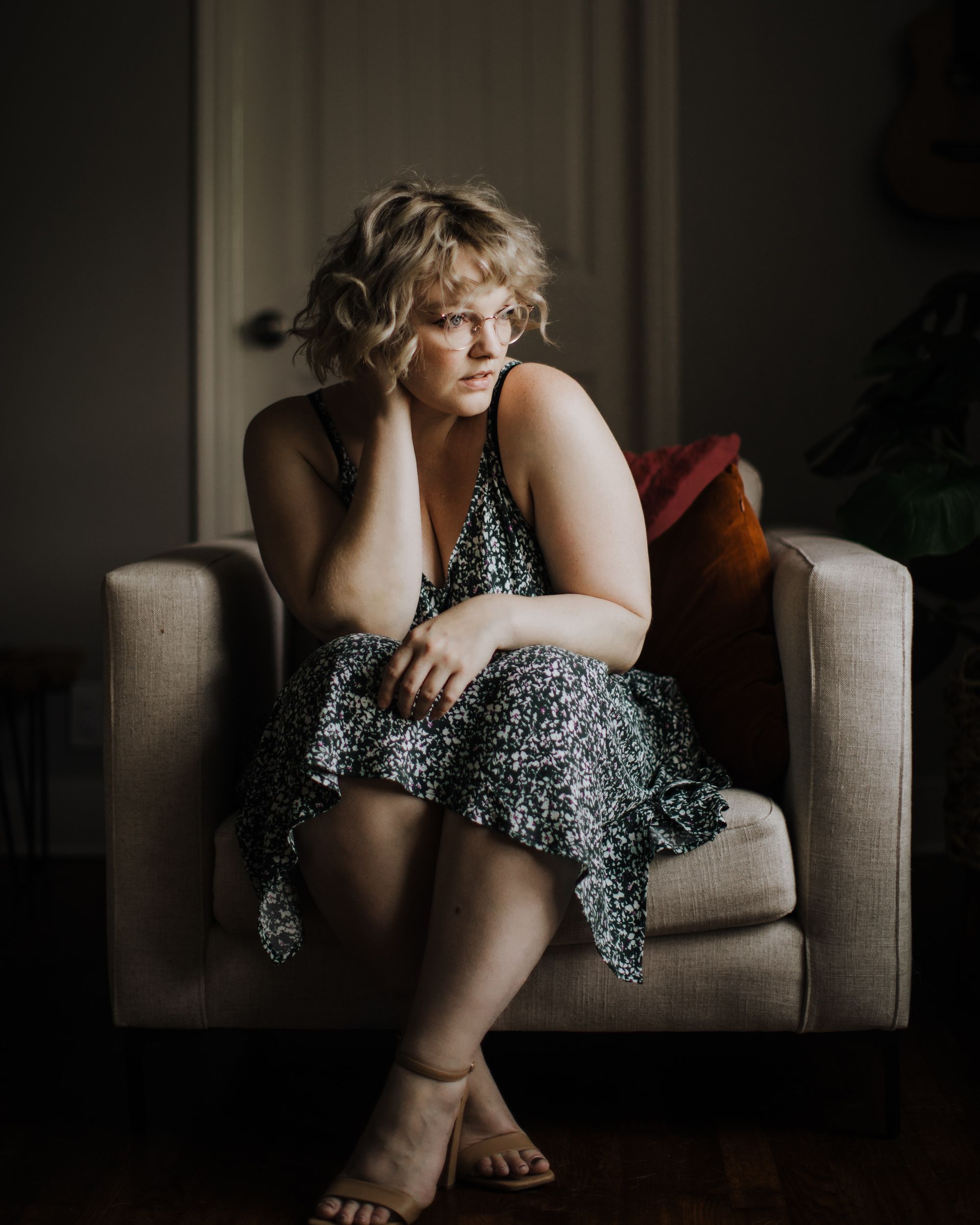
People of Colour in the Fashion Industry
In particular, people of color are confronted with tokenism: oftentimes, fashion brands have just one spot for a model of color. Thus, model Junior Chior has repeatedly experienced the feeling of being the token black guy [2]. He thinks about the fashion industry as a place where racism is more passive but still present, and he is not alone in this opinion. Another famous model of color, Nyasha Matonhodze, explains that many hair stylists or make-up artists do actually not know how to treat black hair or darker skin. In fact, one hair stylist even destroyed her hair completely when straightening it with a 400-degree straightener. Consequently, Matonhodze had to cut off all of her hair and no one really cared about this incident at all. Further, she has noticed that many make-up artists started to call her skin flawless, so that they did not have to apply any makeup at all [3]. Unfortunately, these experiences are by no means the exception which proves the necessity to finally improve the representation and treatment of people of color.
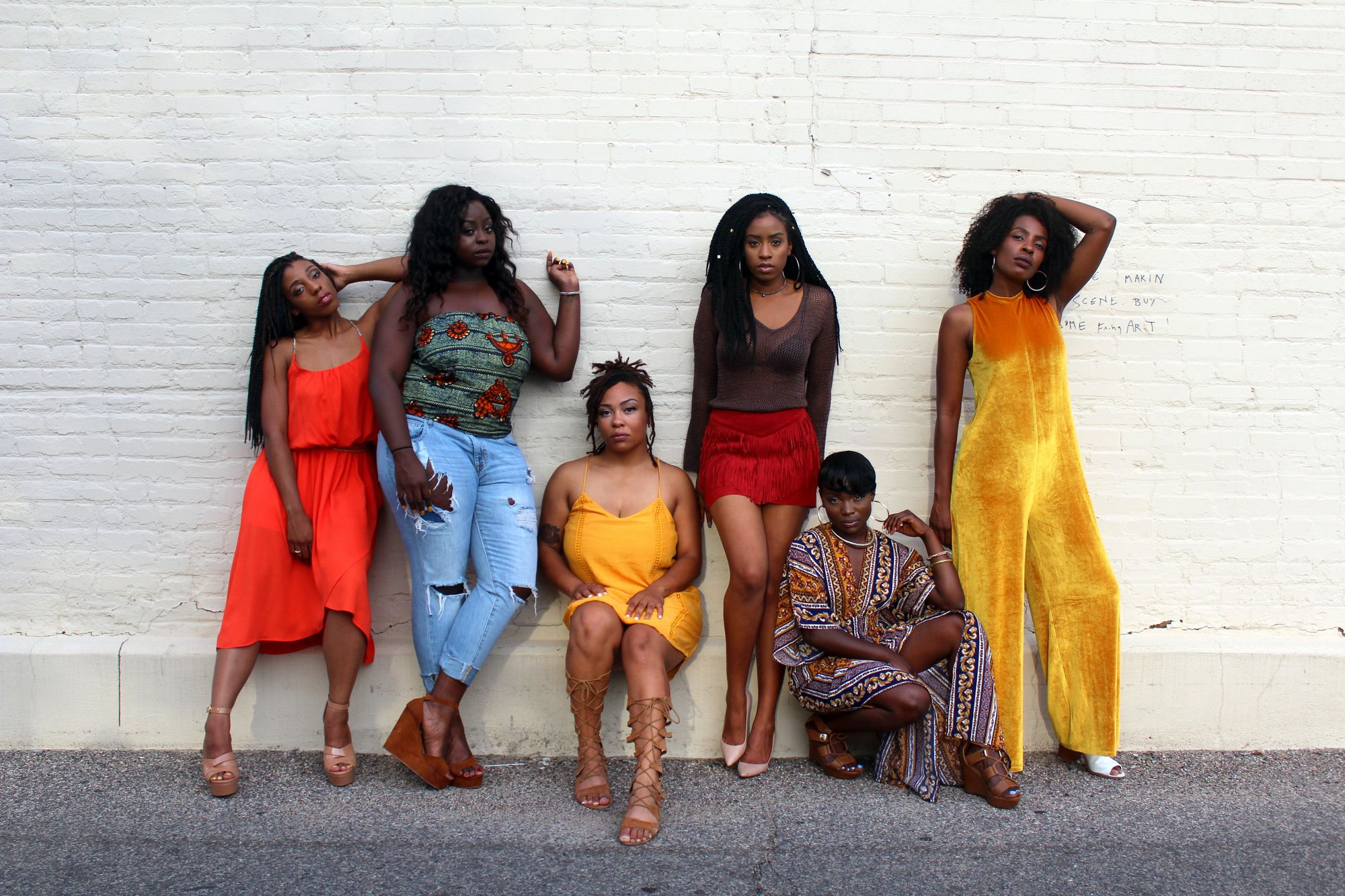
Non-Binary Models in the Fashion Industry
The USA just accepted the third gender option in passports in April 2022. Hence, the discussion about fluidity in gender is more present than ever before. This movement towards the acceptance of a third gender is not only visible on social media but also in the fashion industry: Female models are wearing suits, and men are wearing heels [4]. In general, models who have masculine and feminine traits are more represented than in the past. Nevertheless, until now almost every model agency only divides their models into females or males. There are, however, also positive developments: for instance, the South African modeling agency, My Friend Ned, introduced an extra division for non-binary models. The founder, Fani Segerman, warns that some companies might just hire non-binary people to gain revenues from a “trend”. Brandon Browne, a non-binary model, also explains that the representation of non-binary models is still limited in the fashion world. He states that “there is not enough equal representation for non-binary models of color and those with different body types” [5]. In addition, Segerman recalls that not only black people but also non-binary people can be easily used for tokenism.
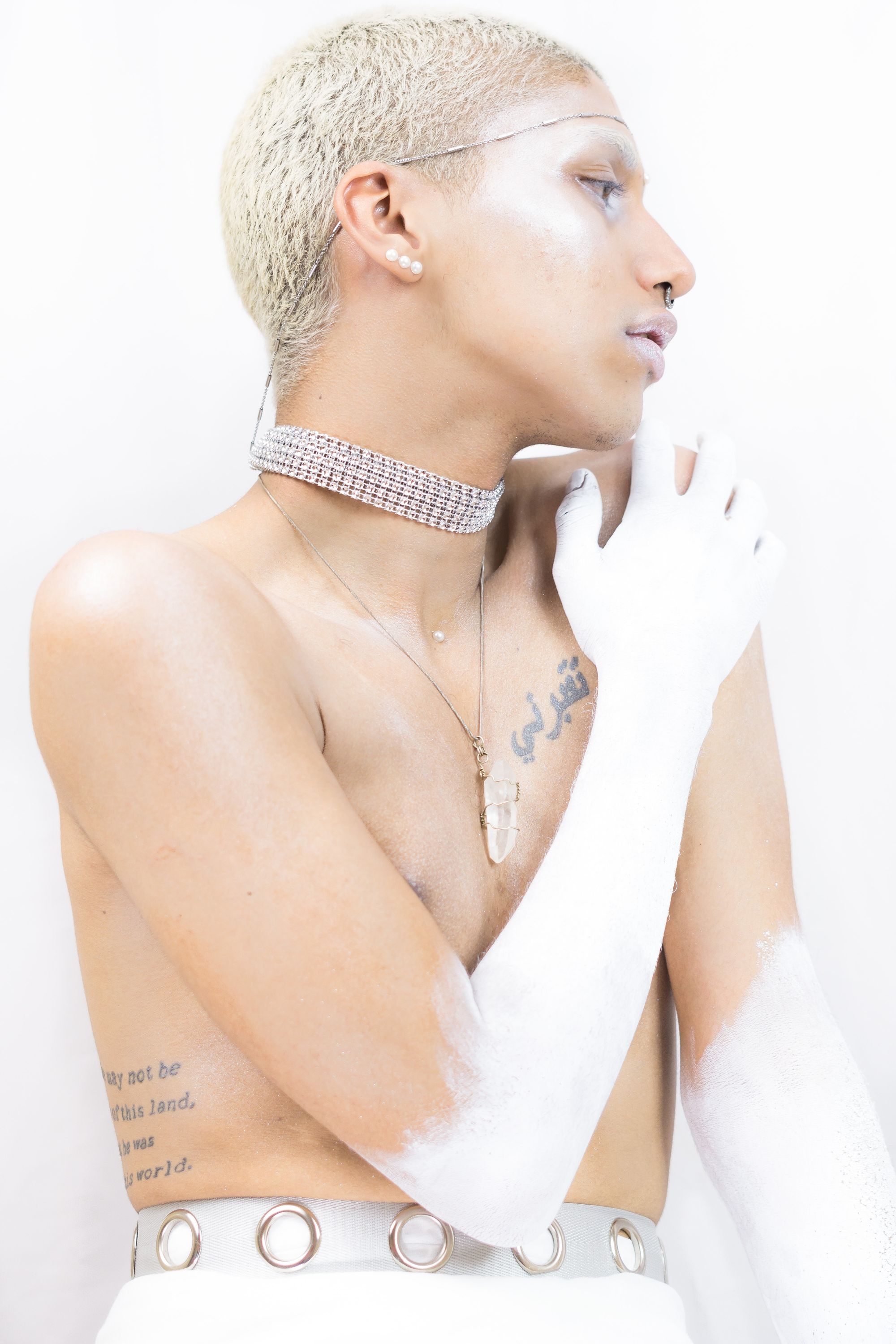
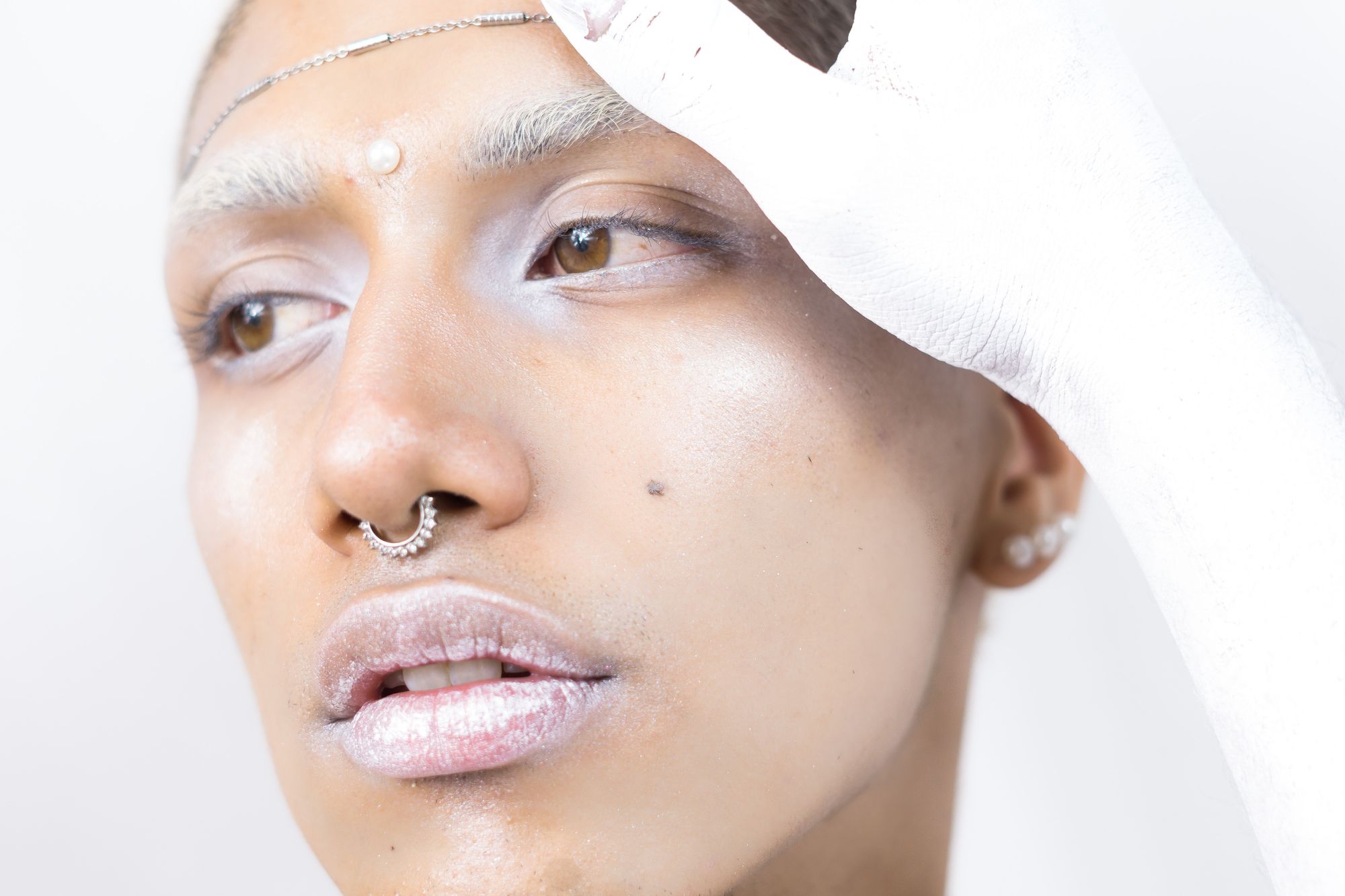
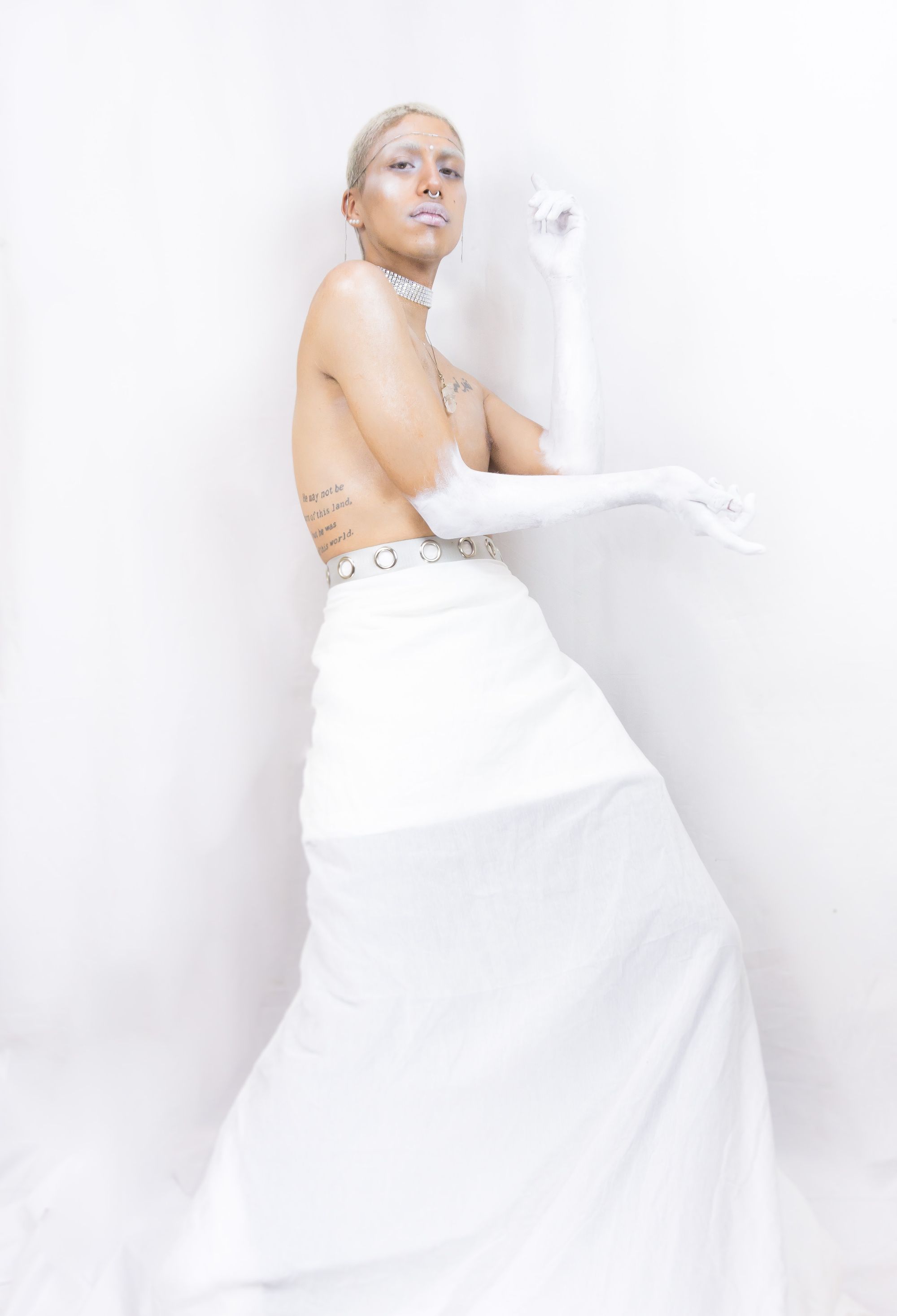
Body Diversity in the Fashion Industry
The fashion industry also promised an improvement for body-diverse models. Hunter Mc Grady, an American plus-size model, shares her experience in the model industry: McGrady already wanted to start modeling in 2009 but back then, she was simply turned down by model agencies due to her weight. A few years later, she took her chance to become a plus-size model. Suddenly, McGrady had a breakthrough and modeled for various brands like Forever 21, and Nordstrom. Shortly after, however, McGrady was once again told to lose weight if she wants to continue working as a plus-size model [6]. She decided to disobey this advice, so soon 90% of her clients did not want to work with her anymore. She explains that this experience “was a real point of contention for [her] because [she is] in this industry where it's all about body positivity and loving your body, and all the while on the back end of things, [she is] being told to change“ [7]. Although the term body diversity suggests that a range of different bodies should be represented, the model industry once again started to idealize one specific body type of plus-size models. So now, the model industry not only determined what the perfect slim body looks like but also set new idealistic standards for plus-size models. When casting for plus-size models, agencies usually just look for size 12/14 models with an hourglass body - tiny waist, big breasts, and wide hips. Once more, the fashion industry has proved that diversity is still far away from being fully established in the model world. Thus, diversity in the fashion industry is rather an illusion than reality!
"I want to see what an outfit actually looks like on someone that has a belly and big arms or flabby arms — someone that may not have a body shape that is an extreme hourglass."
Plus-Size Fashion Influencer, Stephanie Yeboah
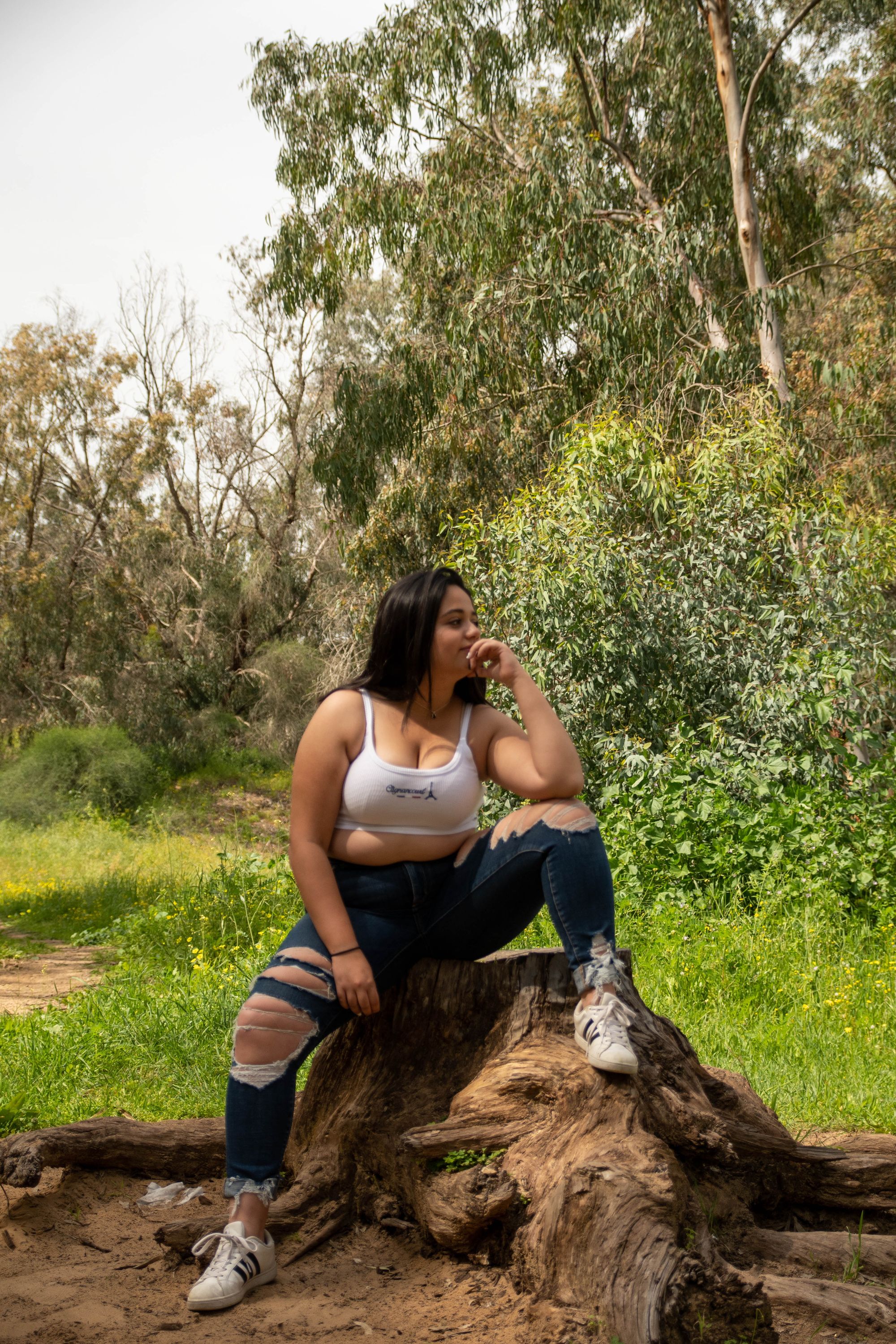

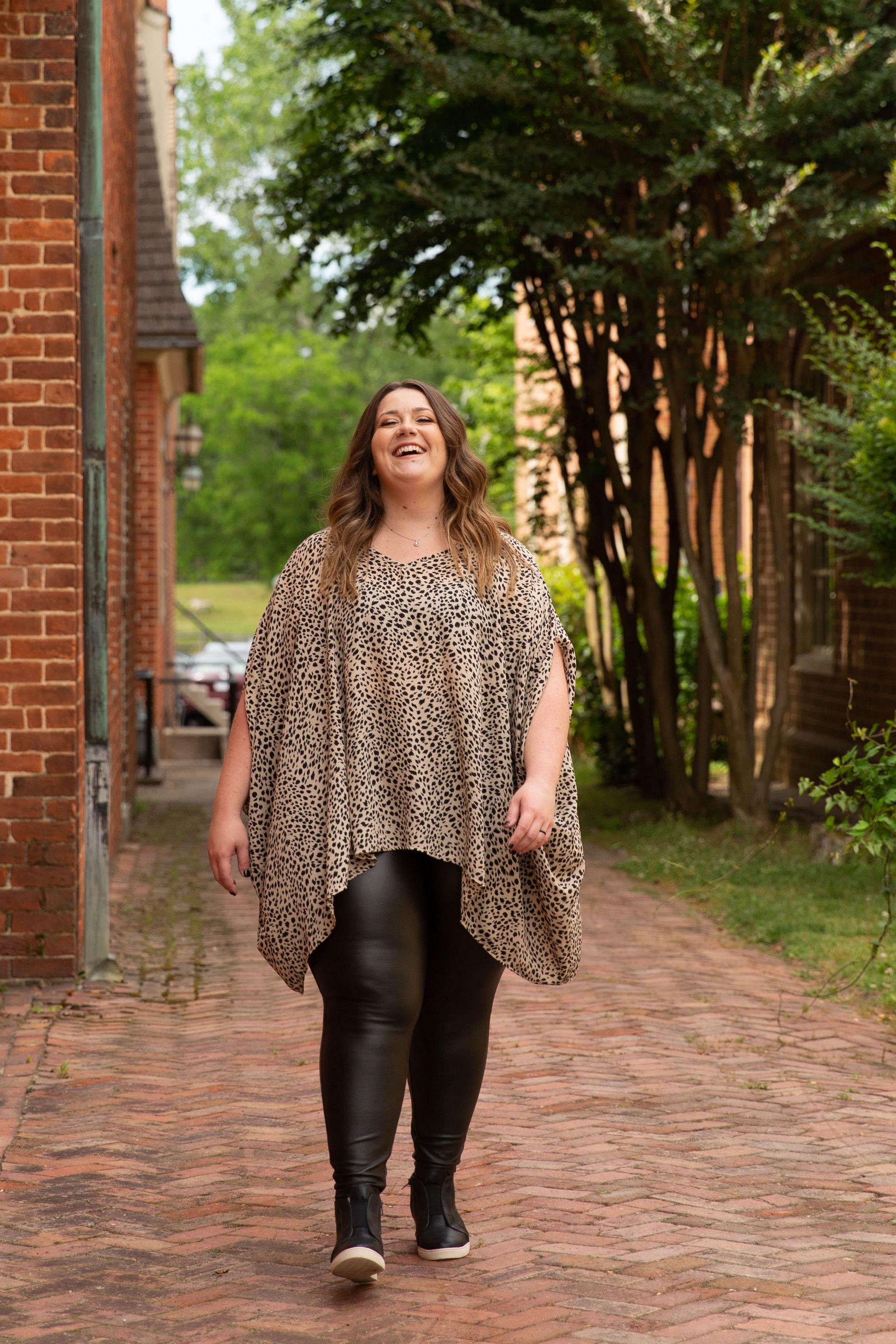
Be the Change, You Want to See
If you want to see more body diversity in the fashion industry, you should become active yourself! ENJO, a newly established fashion startup, made it to its goal to completely revolutionize the fashion industry. The fashion app, ENJO, can be understood as a social media app for fashion where everyone can be a Stylefluencer. Thanks to an algorithm, you will be able to see Stylefluencers wearing the fashion you like with the same body type as you. The best part about it? Everyone can become a Stylefluencer, you simply have to post your outfits with a tag where you got them from. So, no one will ever be excluded again from the fashion world, no matter the gender, race, or body type!
ENJO – EveryBody Got Style, Share Yours!
Annotated Bibliography:
[1] https://wwd.com/fashion-news/fashion-features/body-diversity-fashion-labels-runway-shows-1235010559/
[2] https://www.theguardian.com/fashion/2020/jun/18/what-its-really-like-to-be-black-in-the-fashion-industry
[3] https://www.marieclaire.co.uk/reports/black-models-diversity-fashion-industry-748712
[4] https://www.teenvogue.com/story/non-binary-models-fashion-industry
[5] https://www.teenvogue.com/story/non-binary-models-fashion-industry
[6] https://www.allure.com/story/plus-size-models-tokenism-in-fashion
[7] https://www.allure.com/story/plus-size-models-tokenism-in-fashion
